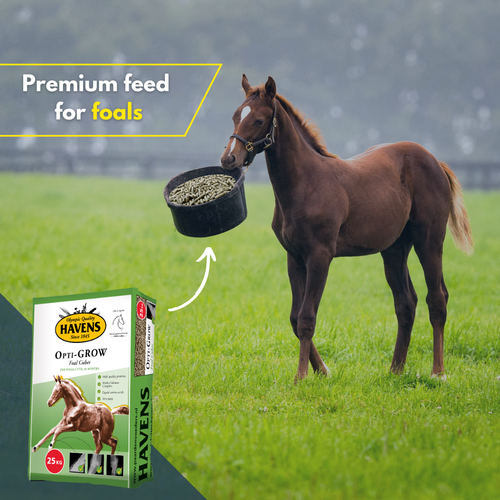5 Tips for Weaning a Foal
03-09-2024For a foal, weaning is a significant change in its early life. Proper preparation for this moment is crucial. We would like to share some tips to help you manage this transition as smoothly as possible:
- Tip 1: Do NOT Start Weaning Too Early
- Tip 2: Provide Sufficient Roughage
- Tip 3: Start Feeding Opti-GROW at an Early Stage
Do not start weaning until the foal consumes enough roughage and concentrate to avoid a ‘weaning dip.’ Weaning is a significant change, so it's essential to ensure that other conditions remain as familiar as possible. A decreased intake of concentrate is common during this period, especially in foals that are not yet accustomed to concentrate feed. Opti-GROW is highly palatable due to the addition of milk powder, which stimulates intake. If you're curious about Opti-GROW and want to learn more, click here.
- Tip 4: Keep an eye on fluid intake
- Tip 5: Take plenty of pictures











